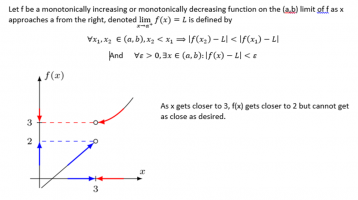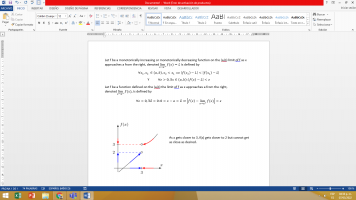MxIgoResEs
New member
- Joined
- Mar 7, 2022
- Messages
- 4
Trying to understand the definition of limit I realized that none of the explanations given are really convincing because writing the intuitive definition of limit formally:

It is impossible to realize immediately that it is equivalent to the definition of limit:

I have read a bit of first-order logic to be able to demonstrate with its laws and mathematical laws that the 2 definitions are equivalent, but I did not succeed. Does anyone know first order logic and can prove that the definitions are equivalent? would solve this dilemma for many students.

It is impossible to realize immediately that it is equivalent to the definition of limit:

I have read a bit of first-order logic to be able to demonstrate with its laws and mathematical laws that the 2 definitions are equivalent, but I did not succeed. Does anyone know first order logic and can prove that the definitions are equivalent? would solve this dilemma for many students.


